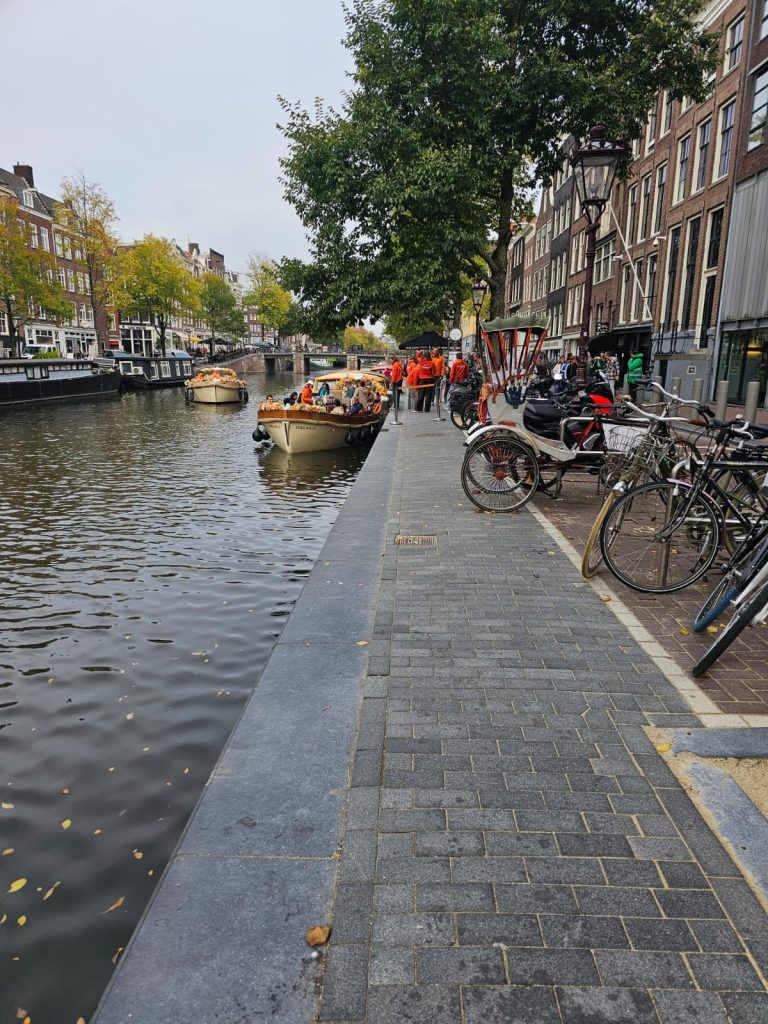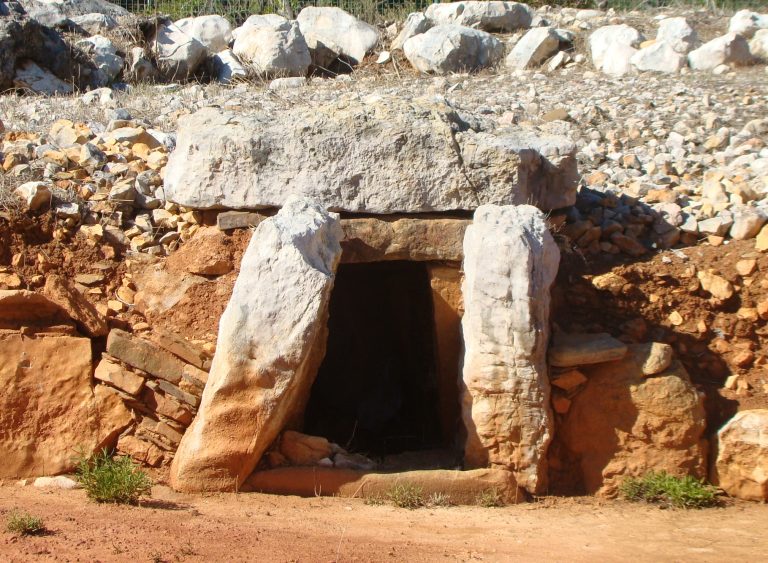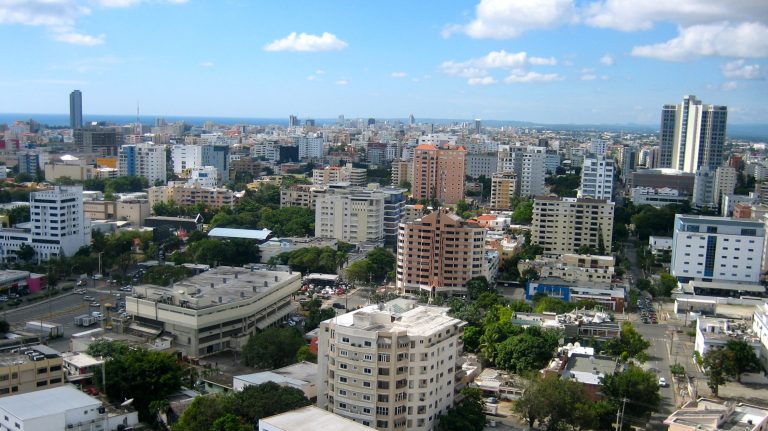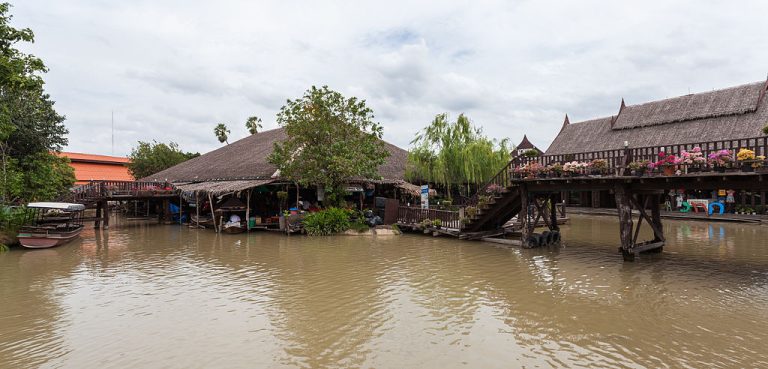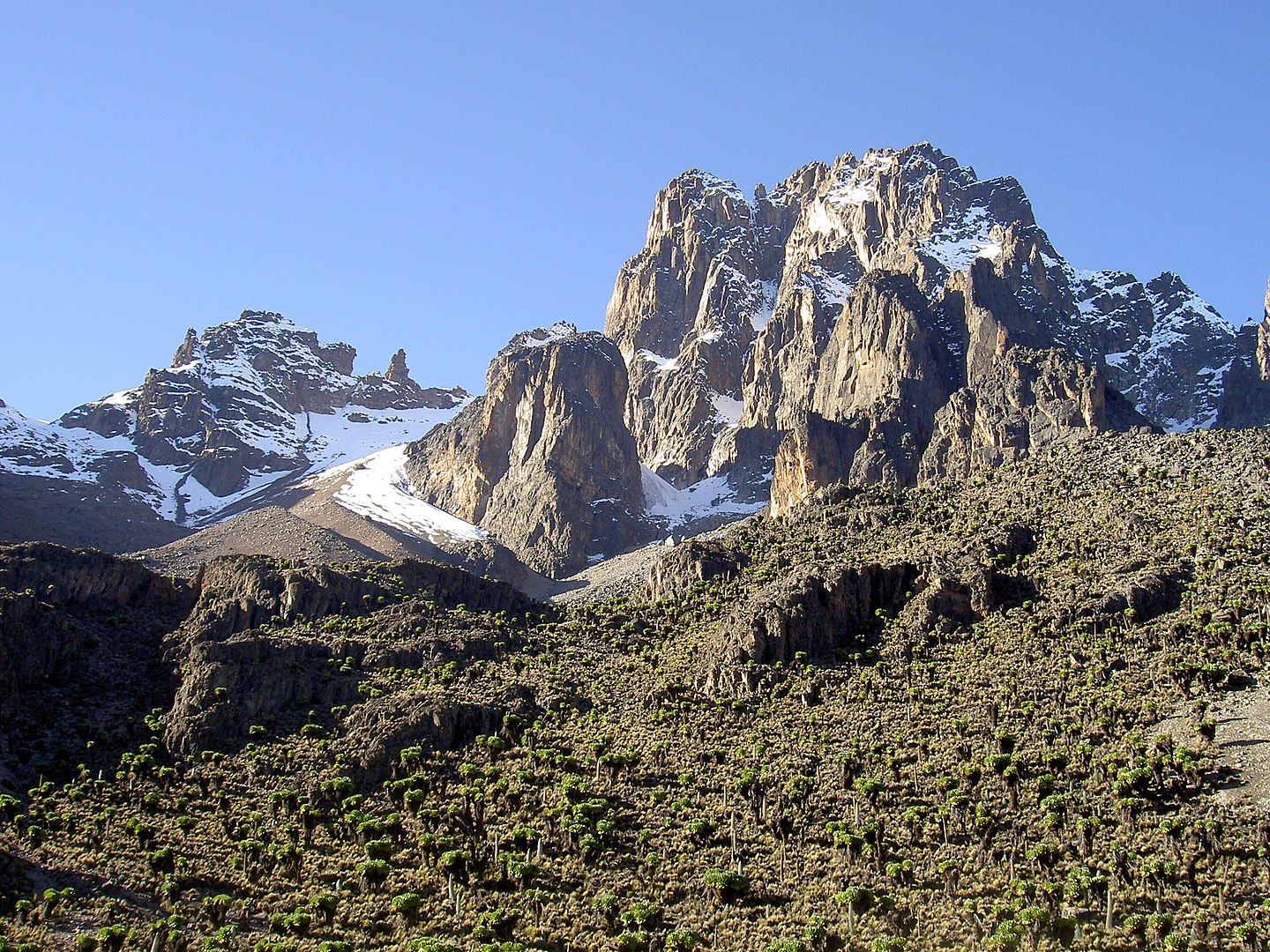
Pt_Thomson_Batian_Nelion_Mt_Kenya
Mount Kenya is situated north of Nairobi, and Mount Kilimanjaro is towards the south-east.
Mount Kenya (Kikuyu: Kĩrĩnyaga, Kamba, Ki Nyaa, Embu, Kirinyaa) is an extinct volcano in Kenya and the second-highest peak in Africa, after Kilimanjaro. The highest peaks of the mountain are Batian (5,199 metres (17,057 feet)), Nelion (5,188 m (17,021 ft)) and Point Lenana (4,985 m (16,355 ft)). Mount Kenya is located in the former Eastern and Central provinces of Kenya; its peak is now the intersection of Meru, Embu, Kirinyaga, Nyeri and Tharaka Nithi counties, about 16.5 kilometres (10.3 miles) south of the equator, around 150 km (90 mi) north-northeast of the capital Nairobi. Mount Kenya is the source of the name of the Republic of Kenya.


